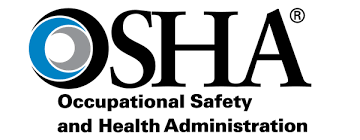
WASHINGTON — The Occupational Safety and Health Administration released a set of Recommended Practices for Safety and Health Programs to help employers establish a methodical approach to improving safety and health in their workplaces.
The recommendations update OSHA’s 1989 guidelines to reflect changes in the economy, workplaces, and evolving safety and health issues. The recommendations feature a new, easier-to-use format. Also new is a section on multi-employer workplaces and a greater emphasis on continuous improvement. Supporting tools and resources are included.
The programs are not prescriptive; they are built around a core set of business processes that can be implemented to suit a particular workplace in any industry. OSHA has seen them successfully implemented in numerous industries.
Key principles include: leadership from the top to send a message that safety and health is critical to the business operations; worker participation in finding solutions; and a systematic approach to find and fix hazards.
“Since OSHA’s original guidelines were published more than 25 years ago, employers and employees have gained a lot of experience in how to use safety and health programs to systematically prevent injuries and illnesses in the workplace,” said Assistant Secretary of Labor for Occupational Safety and Health Dr. David Michaels. “We know that working together to implement these programs will help prevent injuries and illnesses, and also make businesses more sustainable.”
The OSHA recommendations include seven core elements for a safety and health program: management leadership; worker participation; hazard identification and assessment; hazard prevention and control; education and training; program evaluation and improvement; and communication and coordination for host employers, contractors and staffing agencies.
Dr. Michaels released the new document at the National Safety Council Congress in Anaheim, Calif. In his remarks, he asked business groups and safety and health professionals to help spread the word through a campaign that encourages creation of a safety and health program using OSHA or other program recommendations that may be more appropriate to their businesses.
The recommendations are advisory only and do not create any new legal obligations or alter existing obligations created by OSHA standards or regulations.













